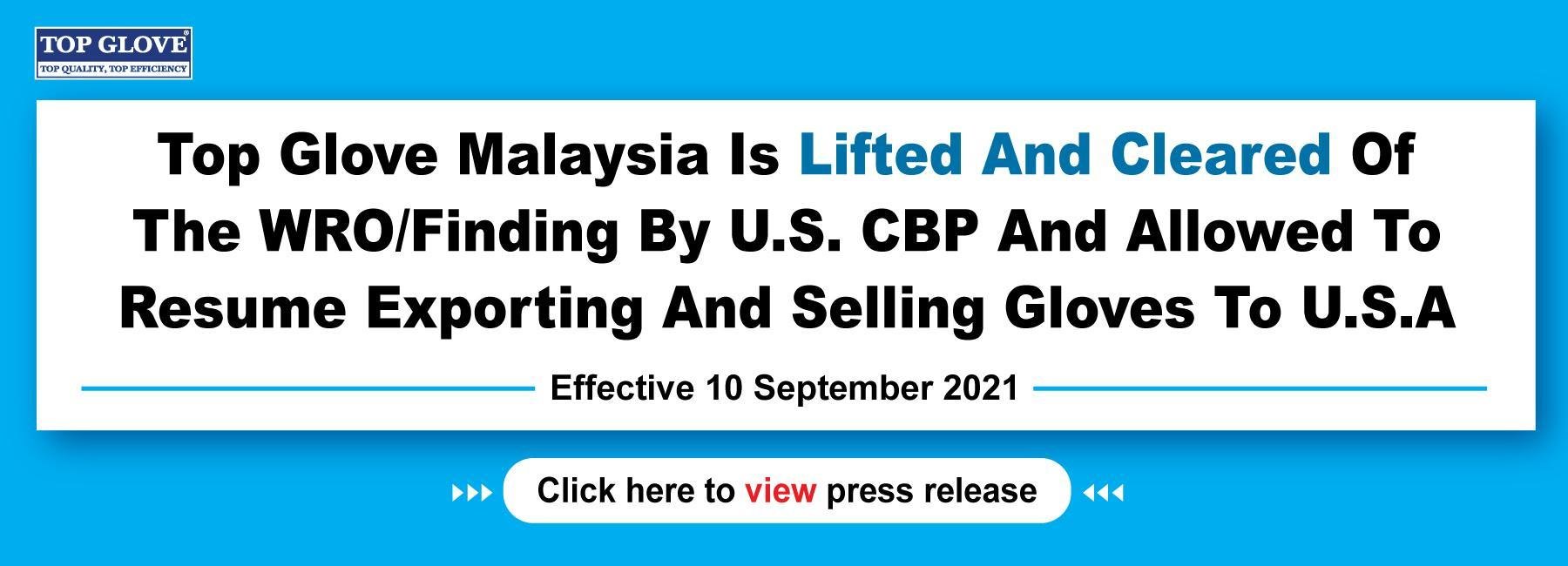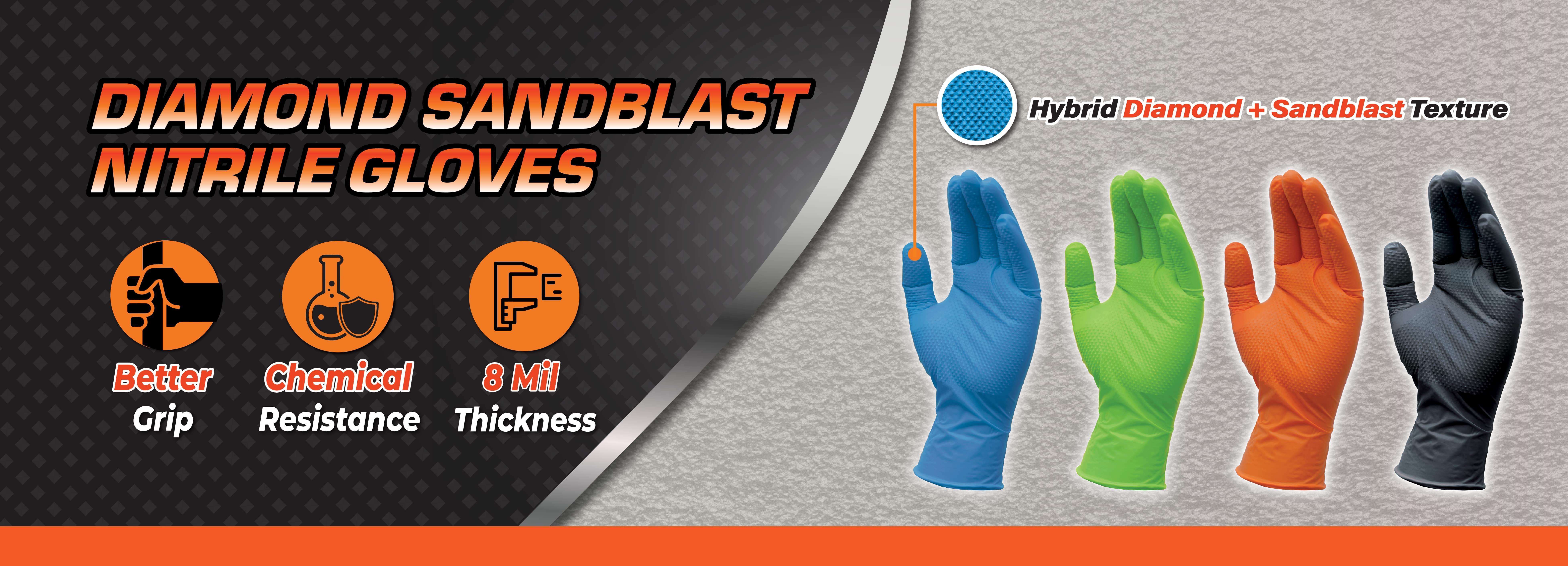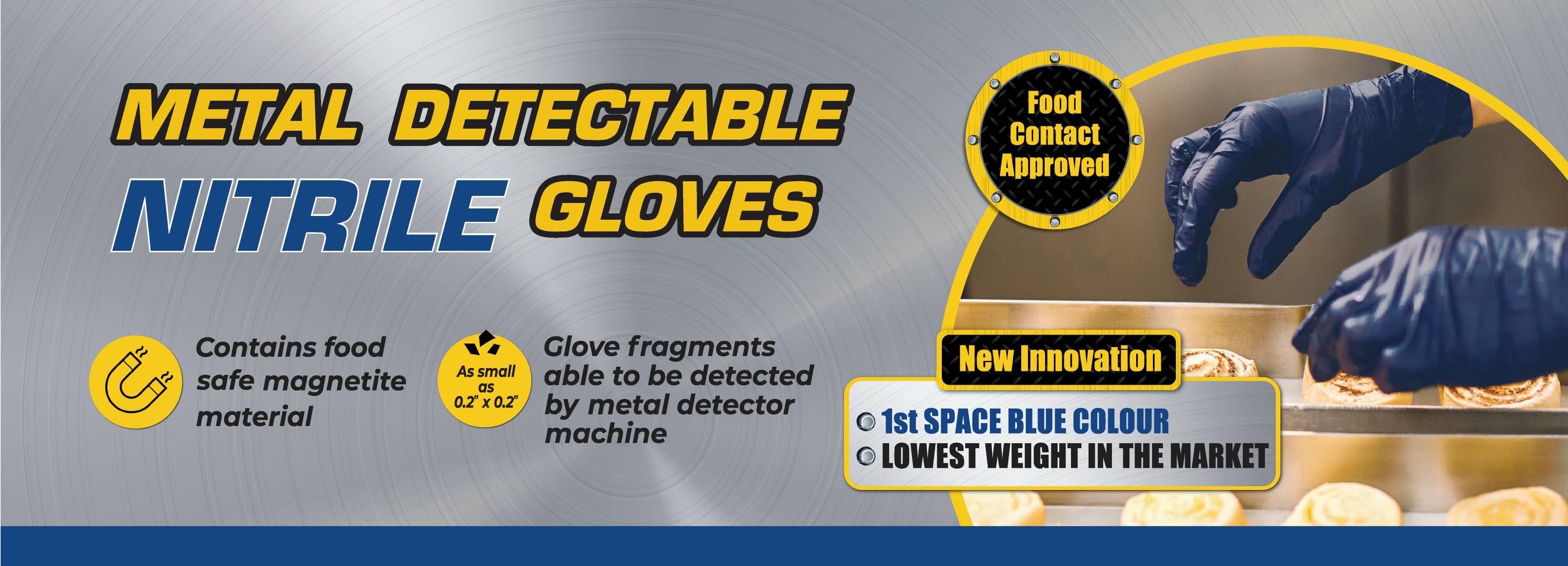TOP GLOVE KEEPS 10% NET PROFIT AND REVENUE GROWTH TARGET FOR FY15
08 January 2015 / 12:01
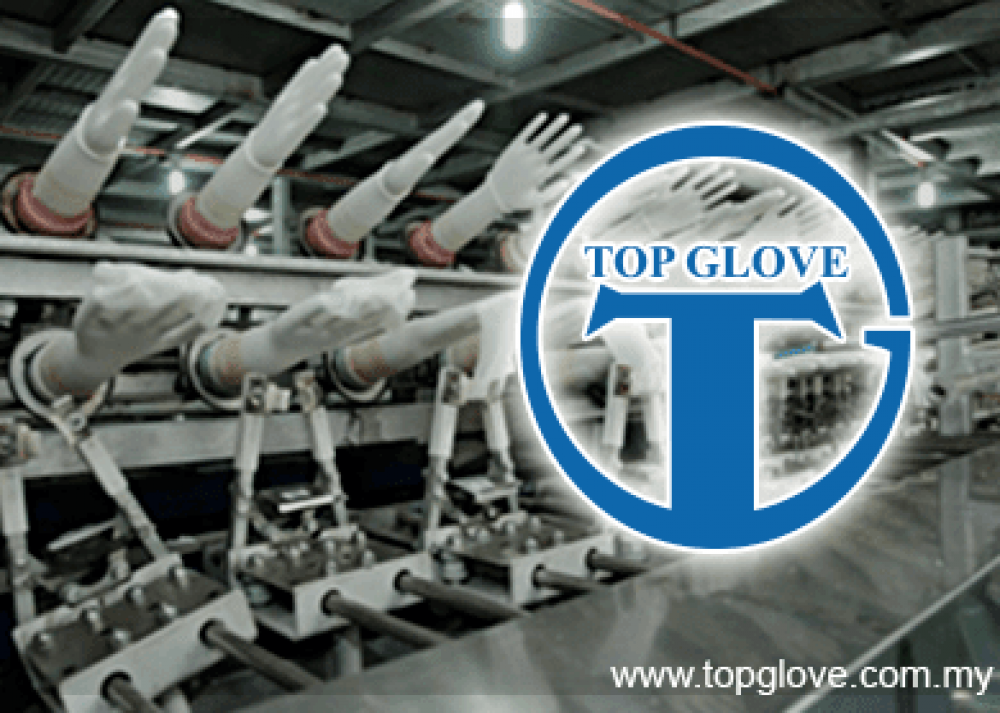
SHAH ALAM (Jan 8): Top Glove Corp Bhd, the world's largest rubber glove maker, is keeping its 10% net profit and revenue growth forecast for the financial year ending Aug 31, 2015 (FY15), even though its chairman Tan Sri Lim Wee Chai recognises that a double-digit growth rate would be more difficult to achieve amid higher operating costs.
Lim said achieving a double-digit growth rate will be a challenge as labour cost has escalated.
However, the group aims to offset higher labour cost in FY15 with increased automation.
He said with the capital expenditure (capex) spend to increase automation throughout its manufacturing process, especially in the nitrile glove packaging segment, the group can save labour cost by half.
Top Glove has allocated RM150 million in capex for FY15. For the first financial quarter ended Nov 30, 2014 (1QFY15), a total of RM40 million has been spent.
Lim added that with automation and improved efficiency, the group has managed to reduce its head count by 1,000.
“This is the correct direction,” Lim told a media briefing today.
Lim is of the view that FY15 will be a better year for Top Glove with better profit margin on the back of falling crude oil prices and the weakening ringgit against the US dollar.
This is despite Top Glove seeing its net profit fall 3.2% to RM48.68 million for 1QFY15 from RM50.28 million a year ago, while its net margin declined by 0.2% year-on-year.
“FY15 will be a tailwind (for Top Glove), but we still have to work not only hard, but smart,” Lim said, maintaining that the the group’s gain on falling crude oil prices is only “temporary” as oil prices move in cycles. Brent crude oil has fallen more than 50% to US$51.50 yesterday from US$115 in June last year.
The softening natural rubber prices for the past few months is also a boost to rubber glove margin, which stands close to 20% now, as the average selling price of rubber gloves has not dropped as much as the raw material price.
Powdered latex glove accounted for 48% of Top Glove’s total glove production in 1QFY15, while nitrile glove accounted for 24% of total production.
Despite fiercer competition among glovemakers in Malaysia, Top Glove expects its share of the global market to rise to 30% by 2020 from 25% currently, said Lim.
This will happen if the group has more than 30% market share from existing 25% of natural rubber glove, as well as a bigger market share for the nitrile glove segment, from existing 18% to 25% in five years, he added.

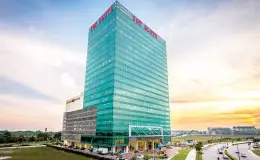
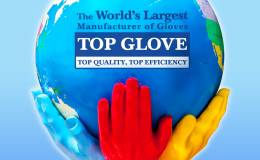

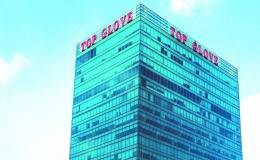
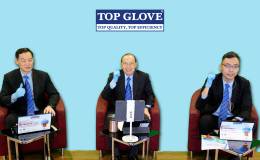

.jpg)

.png)
.png)
.png)

.png)
.png)
